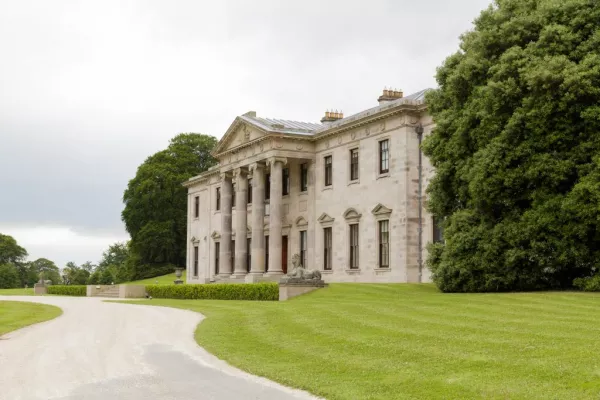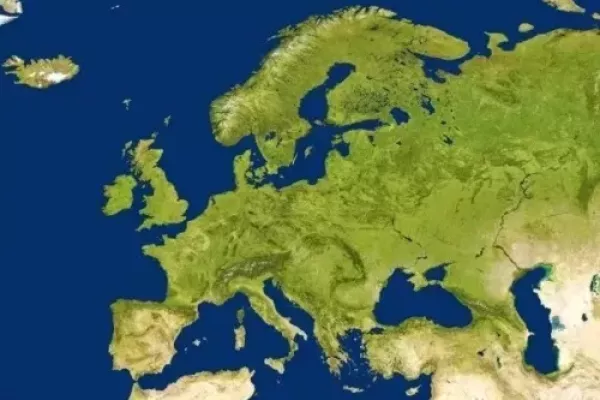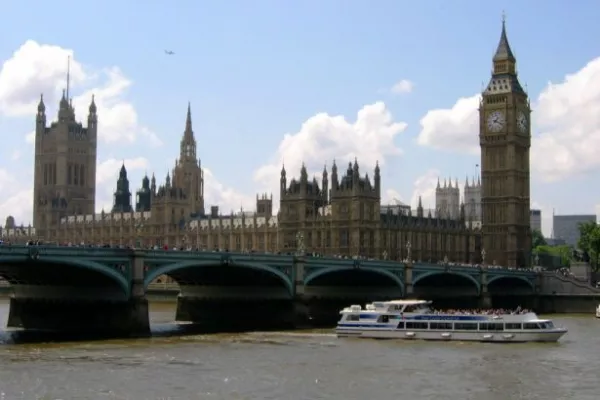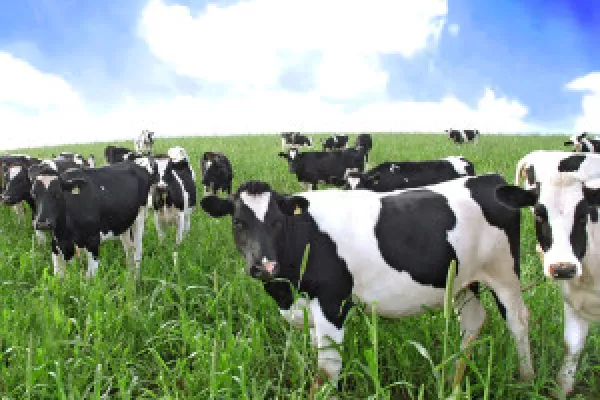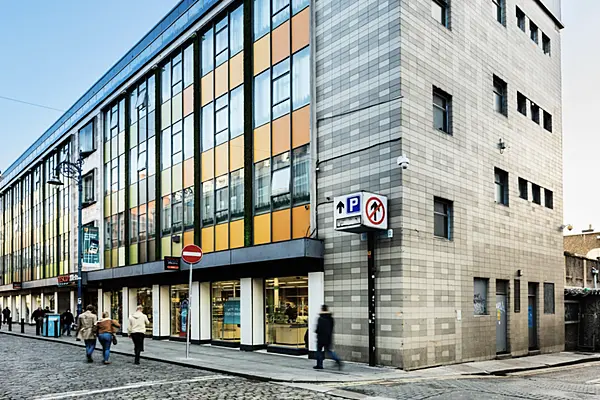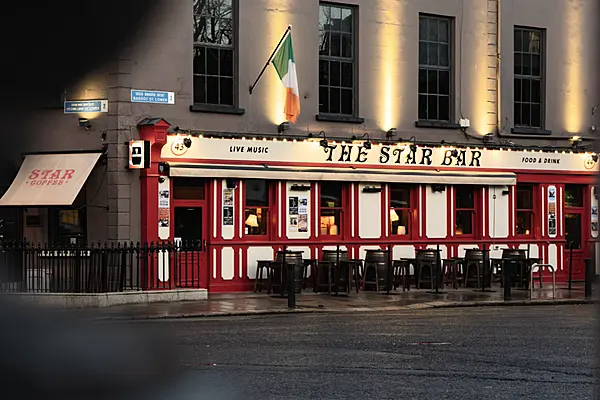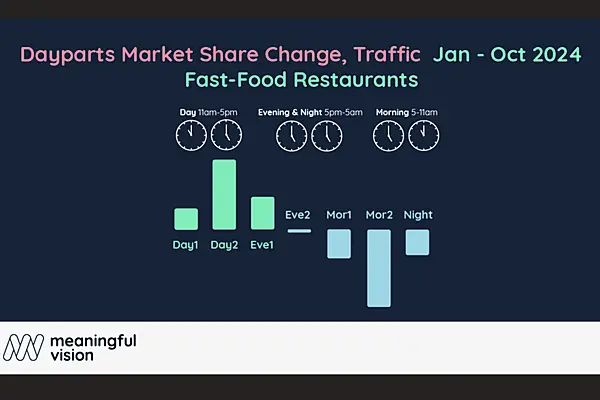Culinary insiders have been heralding Peruvian food as the “next big thing” since local hero chef Gastón Acurio cemented his presence on the World’s Best Restaurants list in 2011.
But for half a decade, Peruvian food has been the perpetual bridesmaid of the food world: repeatedly admired and repeatedly cast aside.
That’s finally changing. For the first time, data show that a global crowd is catching on to what the industry has been buzzing about for years. In 2015, Lima’s international airport welcomed a whopping 4.22 million international visitors, more than any other Latin American hub and double the figure of its closest competitor, Mexico City, according to MasterCard’s latest Global Destination Index (PDF). That number represented a 7 percent year-on-year rise and put it on the list of the top 10 fastest-growing tourism destinations worldwide since 2009.
Think all those newcomers were on their way to Machu Picchu? A separate study by the UN World Tourism Organization claims that at least 42 percent of them were coming, first and foremost, to eat. Tally up their impact and you get a food industry that's set to generate more than 25 billion soles (about $7.5 billion) in 2016, according to Peru’s gastronomy association, Apega.
So what’s all the fuss about? More than grilled chicken sandwiches and ceviche, for sure. Lima has one of the most productive fisheries in the world, a rich heritage of Amazonian and Andean culinary tradition, and an affinity for bold spices, thanks to its sizable Chinese, African, and Japanese populations. They’re all manifest in these four food trends that are taking the city—and the world—by storm.
Modern Nikkei Cuisine
At the World’s 50 Best Restaurants Awards in New York in June, a small Lima spot named Maido skyrocketed from its debut position, No. 44, to No. 13. Now its Lima-born chef, Mitsuharu Tsumura, is becoming the torchbearer for the cuisine that put Maido in the spotlight: a bold fusion of Japanese and Peruvian flavors called Nikkei cuisine.
Nikkei cuisine isn’t new, exactly. It dates to a wave of Japanese immigration in the 19th century and has been part of the vocabulary at sushi spots such as Nobu for decades. But the current trend goes well beyond sushi. A recent dinner at Maido, for instance, included gyoza filled with guinea pig and soba soup made with heirloom Sachapapa potatoes.
At Tzuru, newly opened in the San Isidro business district, the Nikkei-style menu gets a molecular twist. Pulpo al olivo (octopus in olive sauce), for instance, comes with dehydrated olive “chips” and a smoked Japanese whiskey cocktail.
Proof that Nikkei is bubbling up: It’s the focus of a new restaurant in Barcelona called Patka, spearheaded by none other than El Bulli’s Albert Adriá.
Flavors of the Amazon
Ten years ago, Limeños would have been stumped if you had asked them to describe Amazonian cuisine. That’s changed, thanks to one man: Pedro Miguel Schiaffino. Known locally as the “jungle chef,” Schiaffino unearths the flavors of the Peruvian Amazon at his restaurant, Amaz; the theme extends to the décor, with jade green accent walls and tribal-looking serve ware. They come to the table piled with such unfamiliar recipes as juanes, an Incan tamal of sorts that’s made here with cassava, duck, eggs, and cumin; just like in the Amazon, it arrives wrapped in herbaceous bijao leaves.
When Schiaffino started, he had to forge connections to track down his ingredients; in the wake of his success, Amazonian purveyors have a burgeoning business on their hands. Now you can find ingredients such as paiche (a giant freshwater fish) and churos (river snails the size of baseballs) on dozens of menus across the capital. But for the best taste of the trend, Amaz still reigns supreme.
Criollo Cooking
Until recently, Criollo cuisine was reserved for home cooks of modest means. But comfort food is experiencing new levels of global popularity, and in Lima, that translates to a rise in buzzy Criollo-themed restaurants. At Isolina, artsy locals from the Barranco district sit at blonde wood high-tops and order dishes their grandmothers would have made from a hand-written menu. The staples to try: cau cau (a tripe and potato stew) and tacu tacu (a patty of rice, beans, meats, and yellow chili).
Want to see just how fancy Criollo cooking can go? Head to the upscale standard-bearer Panchita in nearby Miraflores, where the tacu tacu comes deconstructed, with wood-smoked duck and pickled avocado.
Ceviche Mania
As the dish that singlehandedly put this nation on the global food map, ceviche has become a ubiquitous symbol of Peruvian pride. Has the trend run its course? You be the judge. Just don’t leave Lima without a taste of its signature dish.
Some of the best ceviches come from humble street stalls such as Al Toke Pez in Surquillo and Hijo de Olaya in Miraflores, where a plate piled high with seafood can cost as little as 10 soles ($3). You’ll find the trendiest institutions, such as Gaston Acurio’s La Mar and Rafael Osterling’s El Mercado along Lima's ceviche row (on and around Avenida La Mar, in Miraflores). Whatever you do, be sure to stop at the latter for the ceviche galactico. It’s this writer’s personal favorite—served in a sleek, indoor-outdoor dining room with an unconventional blend of flounder, crabmeat, and sea urchin.
News by Bloomberg, edited by Hospitality Ireland

